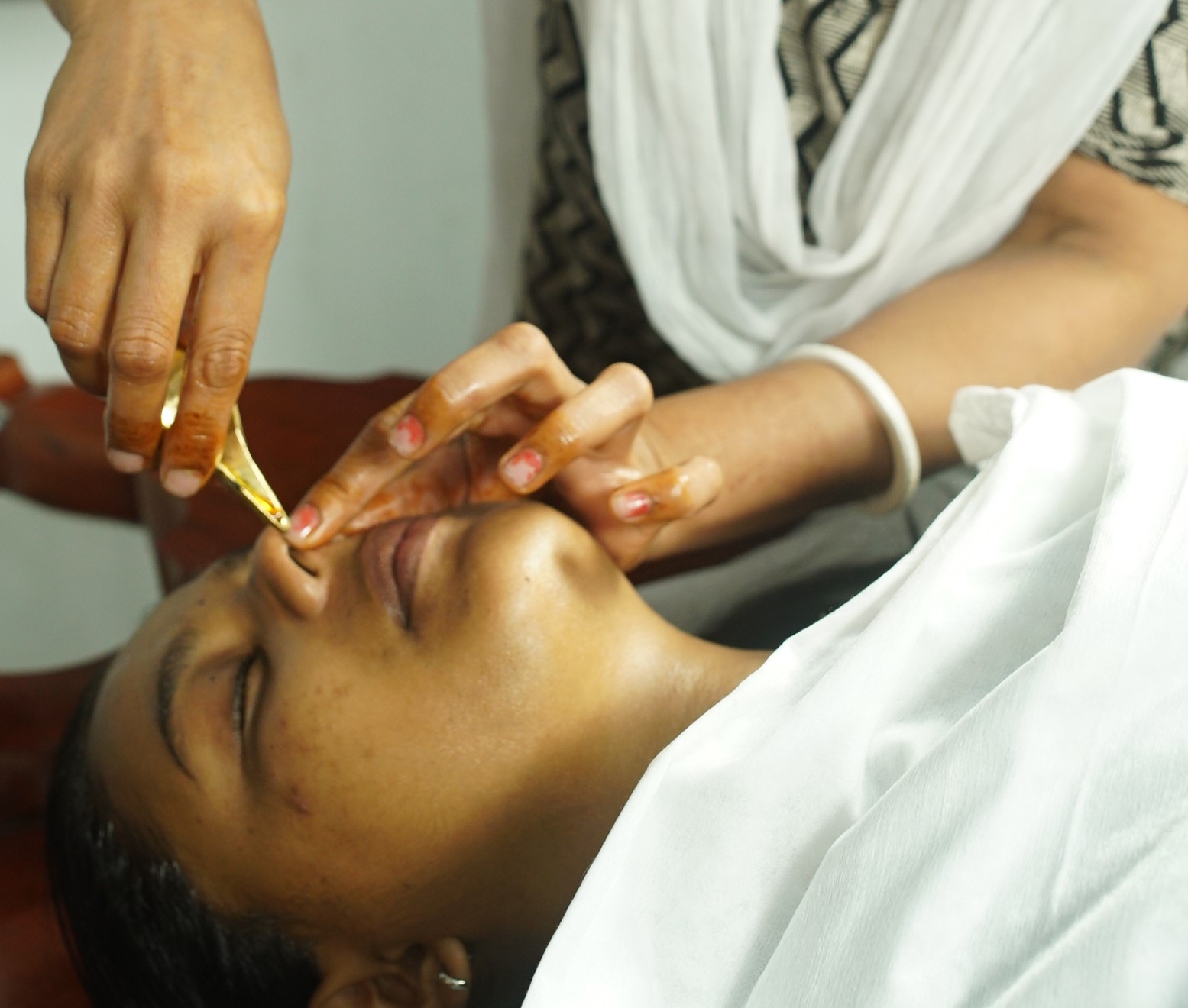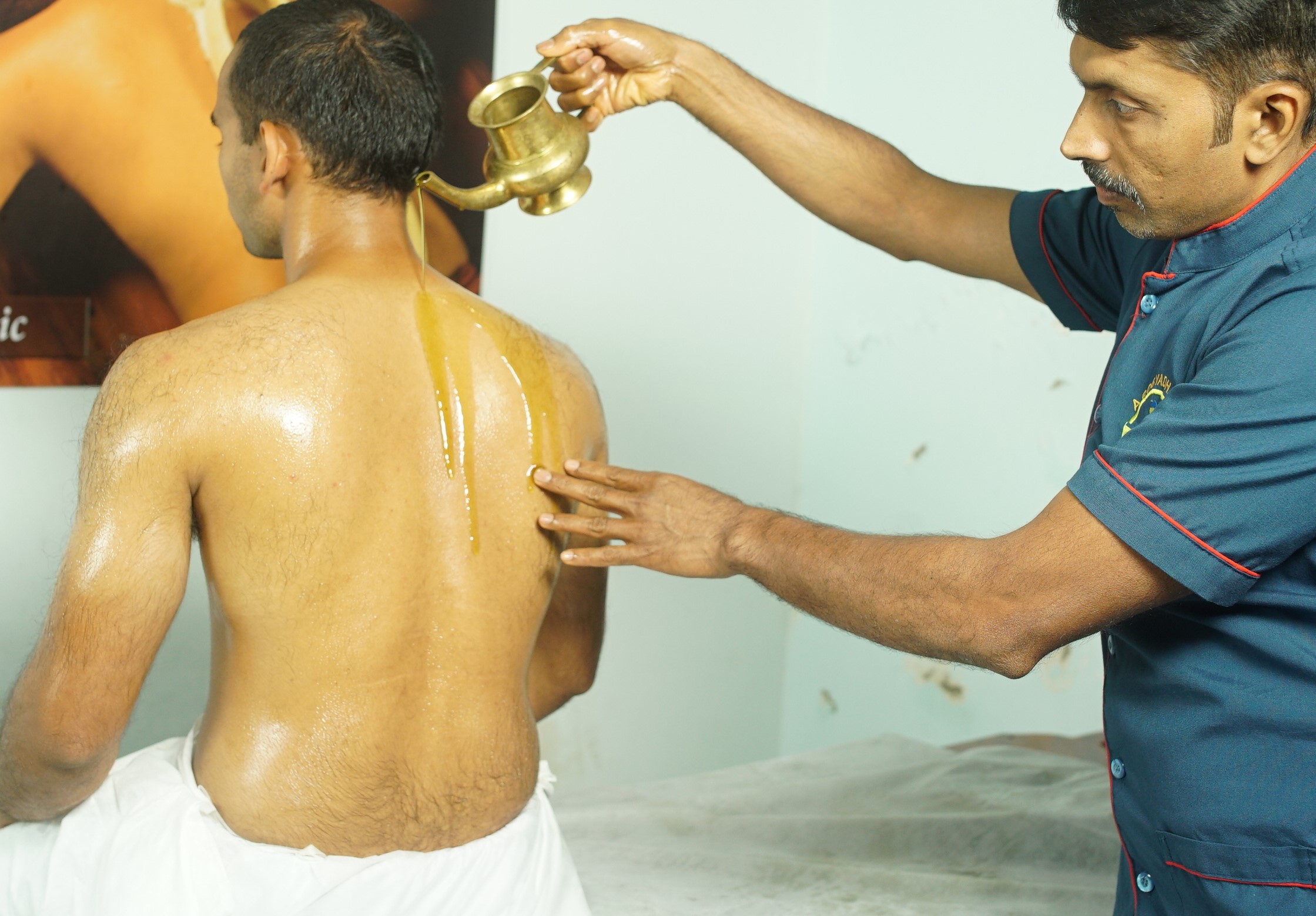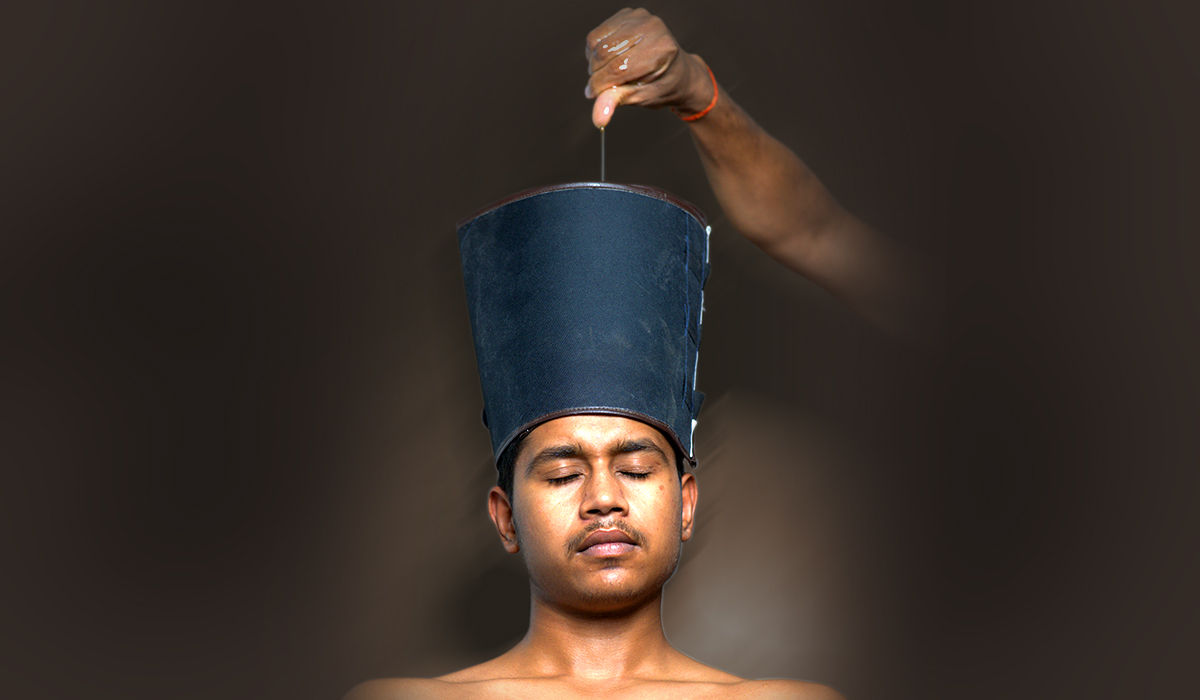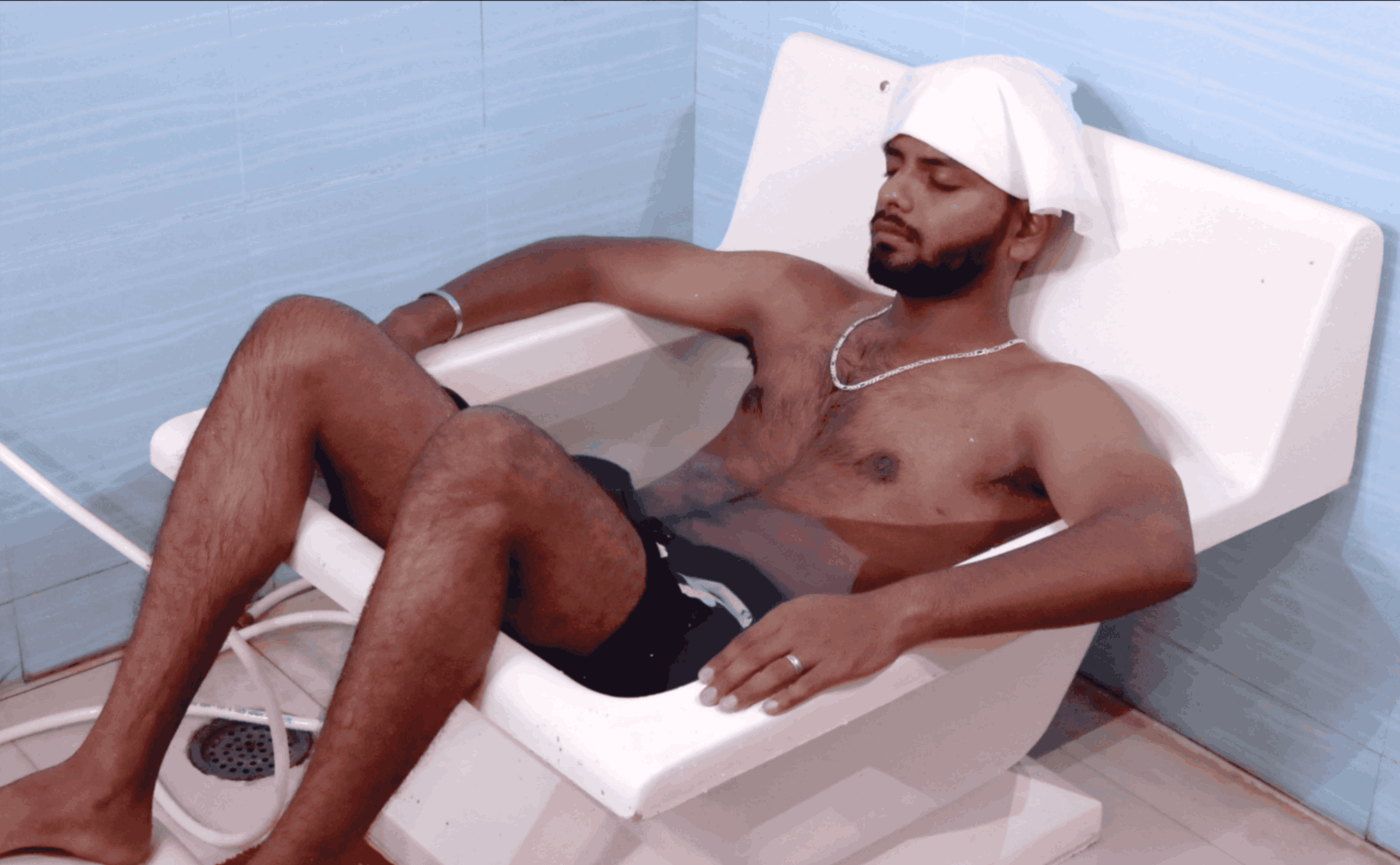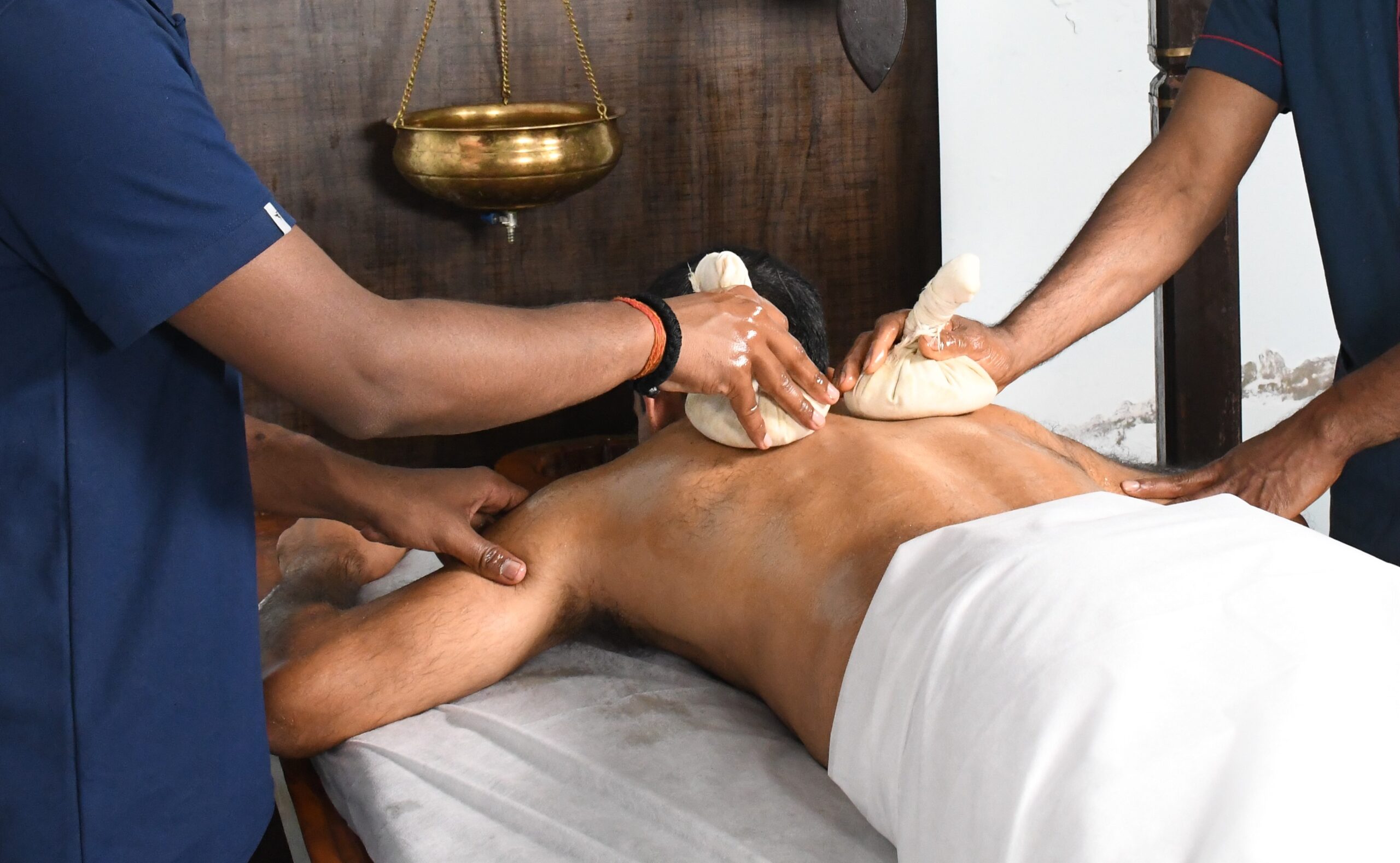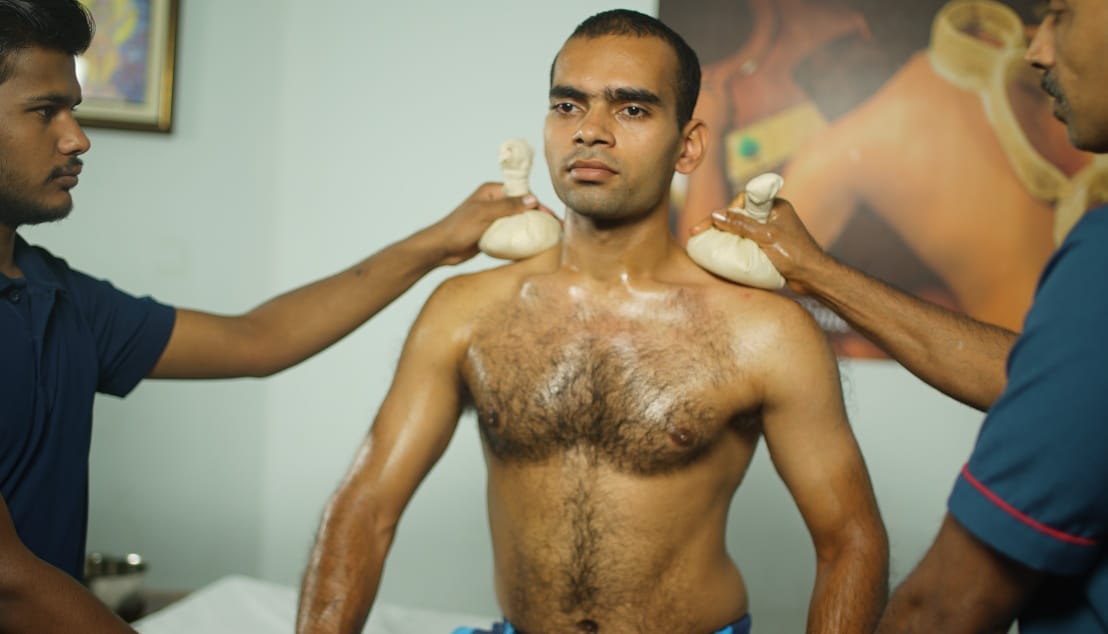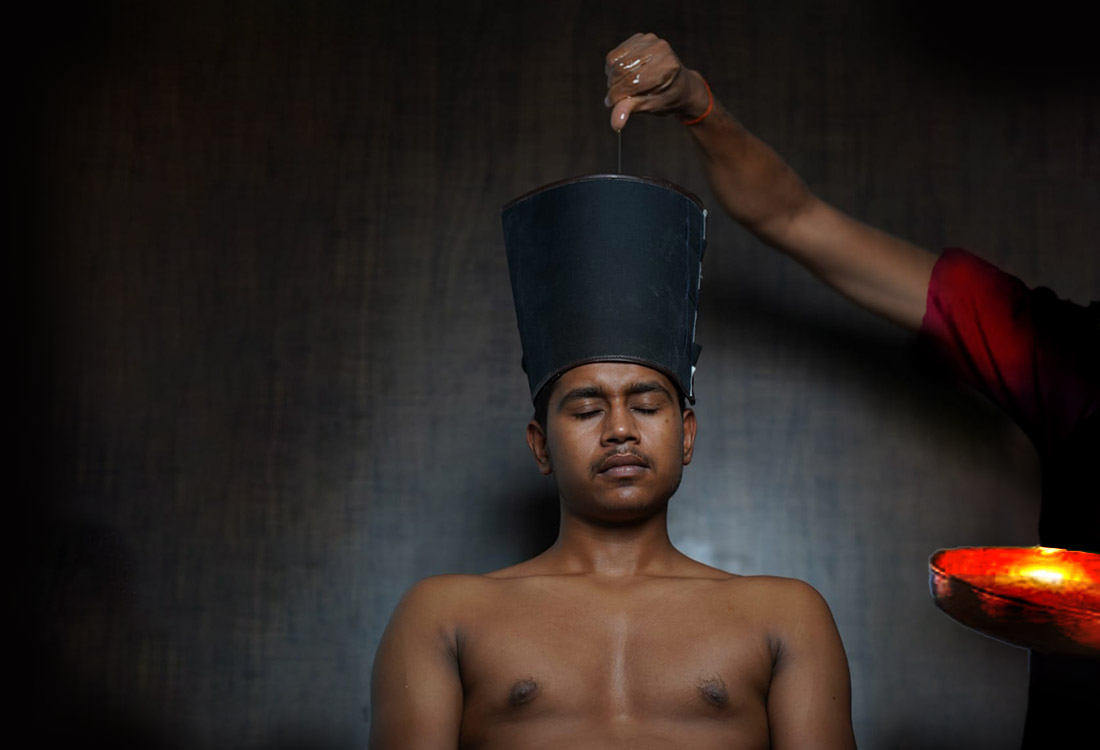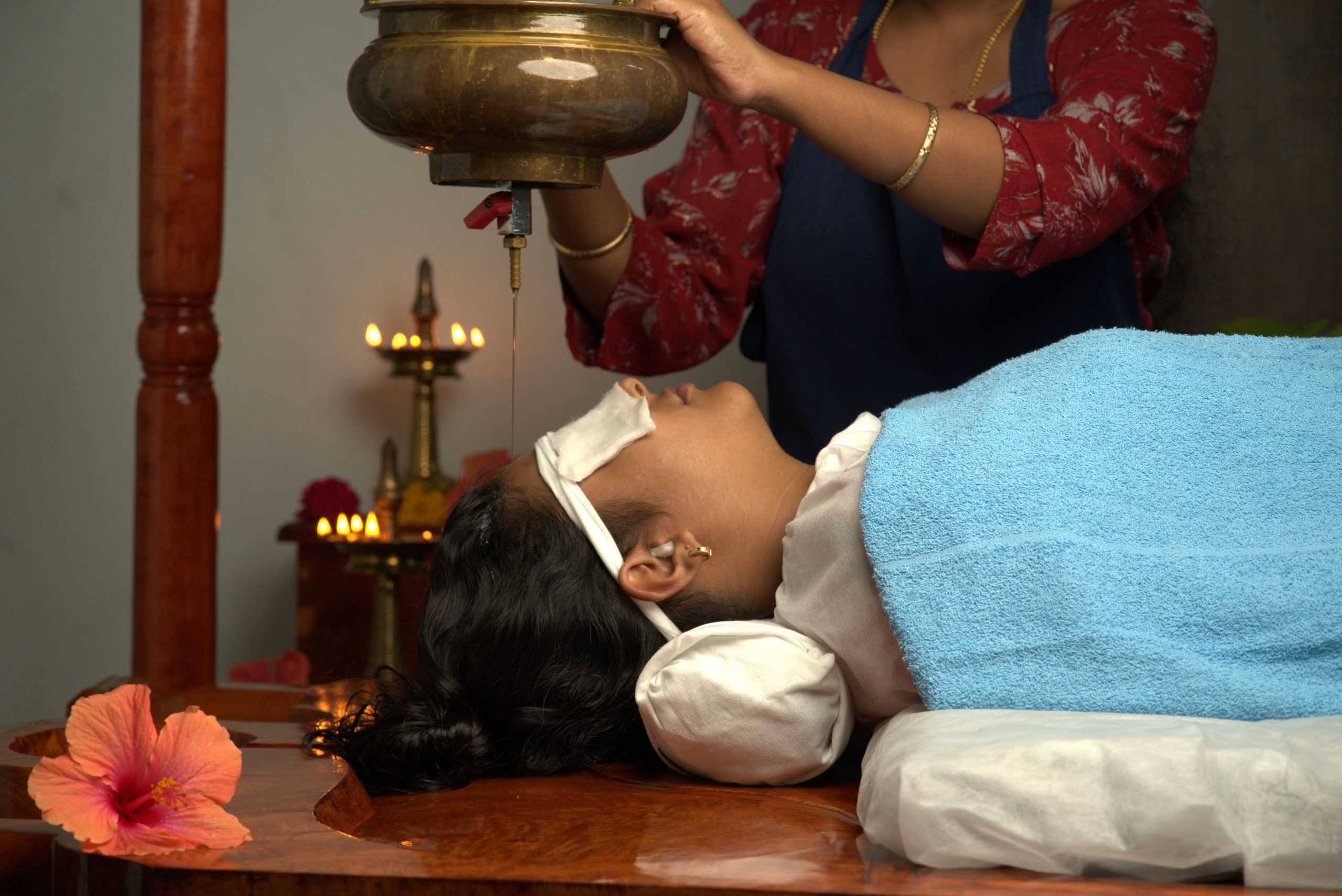
Ayurveda
The primary goal of Ayurveda is to maintain equilibrium among these three doshas. This traditional system of medicine offers effective remedies for various neurological disorders, known as 'Vatavyadhi'.
According to Ayurveda Samhitha, there are descriptions of eighty different types of Vatavyadhi, which can be categorized into four groups: Kevala vata (solely Vata), Samsarga (Vata in conjunction with Pitta and Kapha), Avarana (caused by entrapment by other Dosha/Dhatu/Mala), and Dhatu Kshaya Janya (neurodegenerative).
Moreover, Ayurveda has proven to be highly effective in treating a wide range of neurological disorders, including migraine, sinus issues, Parkinson's disease, anxiety, stress, insomnia, epilepsy, hysteria, cerebral palsy, stroke, and more. To address these neurological disorders, Ayurveda adopts the Panchakarma therapy, which focuses on providing a comprehensive and holistic treatment for long-lasting results


